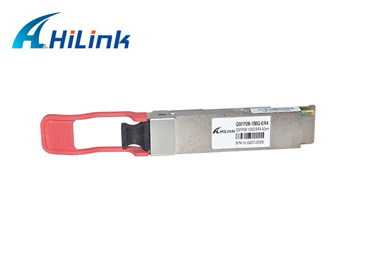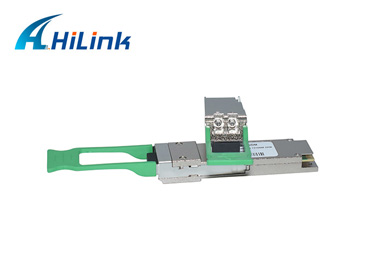What Is the Trend in the Optical Transceiver Market?
Jun. 14, 2023
The optical transceiver market has been experiencing significant growth and evolving trends in recent years. Optical transceivers are crucial components used in high-speed data transmission over fiber optic networks. Here are some key trends shaping the optical transceiver market:
Increasing Demand for Higher Data Rates: With the continuous growth of data-intensive applications such as video streaming, cloud computing, and Internet of Things (IoT), there is a rising demand for higher data rates. This demand is driving the development of optical transceivers capable of supporting higher speeds, such as 100G, 400G, and even higher. As data centers and telecommunications networks strive to keep up with increasing data traffic, there is a growing need for optical transceivers that can provide faster and more efficient data transmission.
Transition to Higher Speeds: The optical transceiver market is witnessing a transition from lower-speed transceivers to higher-speed ones. While 10G and 25G transceivers are still widely used, there is a shift towards 40G, 100G, and beyond. This transition is driven by the need to handle larger volumes of data and to improve network performance and capacity. Higher-speed transceivers enable faster data transmission, reducing latency and enhancing overall network efficiency.
Adoption of Coherent Optics: Coherent optical transceivers are gaining traction in the market, particularly in long-haul and metro network applications. Coherent optics technology allows for higher data transmission rates and improved spectral efficiency, enabling greater capacity over longer distances. As the demand for higher bandwidth and longer reach increases, coherent optics offer a compelling solution for network operators.
Increased Deployment of Data Centers: The rapid growth of cloud computing and the proliferation of data-intensive applications have led to an increased deployment of data centers globally. Data centers require high-speed and high-capacity optical transceivers to support the efficient transfer of data between servers, switches, and storage devices. The demand for optical transceivers in data centers is expected to continue growing as the need for data storage and processing capabilities increases.
Growing Adoption of 5G Networks: The deployment of 5G networks is driving the demand for optical transceivers. 5G networks require high-speed and low-latency connectivity to handle the massive amounts of data generated by connected devices. Optical transceivers play a vital role in providing the necessary bandwidth and performance to support the requirements of 5G networks, including fronthaul and backhaul applications.
Advancements in Transceiver Technology: The optical transceiver market is witnessing continuous advancements in technology, leading to improved performance and efficiency. Manufacturers are developing transceivers with higher integration levels, reduced power consumption, and enhanced signal integrity. These advancements allow for more compact form factors, lower costs, and improved overall system performance.
Shift towards Pluggable Transceivers: Pluggable transceivers, such as small form-factor pluggable (SFP) and quad small form-factor pluggable (QSFP), are gaining popularity in the market. Pluggable transceivers provide flexibility and modularity, allowing network operators to easily replace or upgrade transceivers without replacing the entire system. This modularity simplifies network management and reduces operational costs.
Increasing Demand for Wavelength Division Multiplexing (WDM): WDM technology enables the transmission of multiple wavelengths of light over a single optical fiber, increasing the capacity and efficiency of optical networks. As the demand for higher bandwidth and increased network capacity grows, the adoption of WDM-based optical transceivers is increasing. WDM transceivers allow for the simultaneous transmission of multiple data streams, enabling efficient utilization of fiber resources.
For more information, please contact us. We will provide professional answers.














